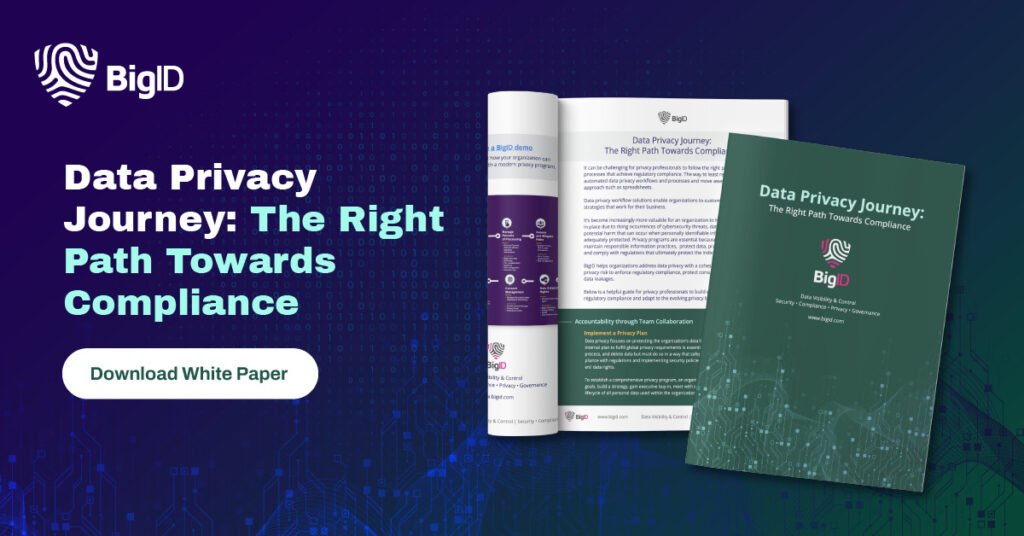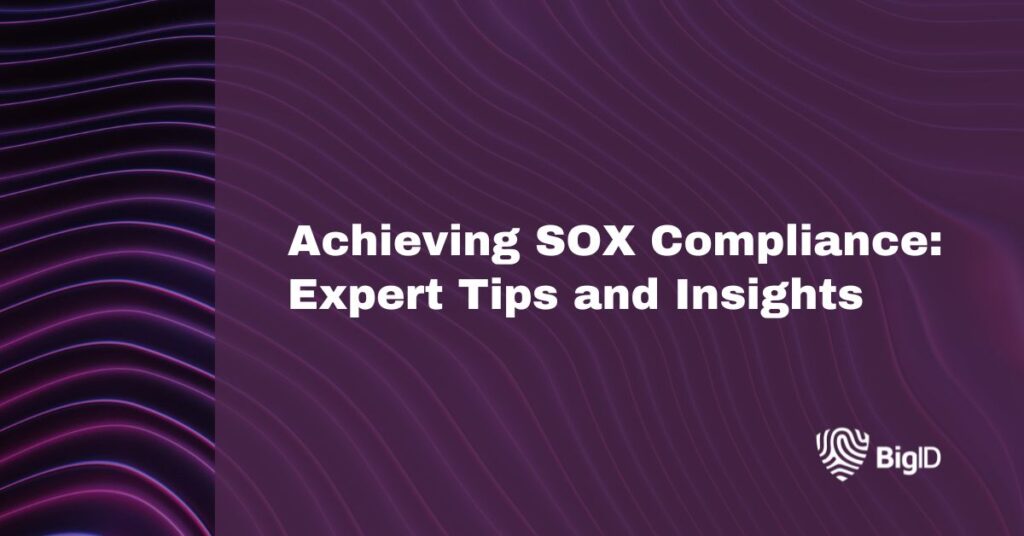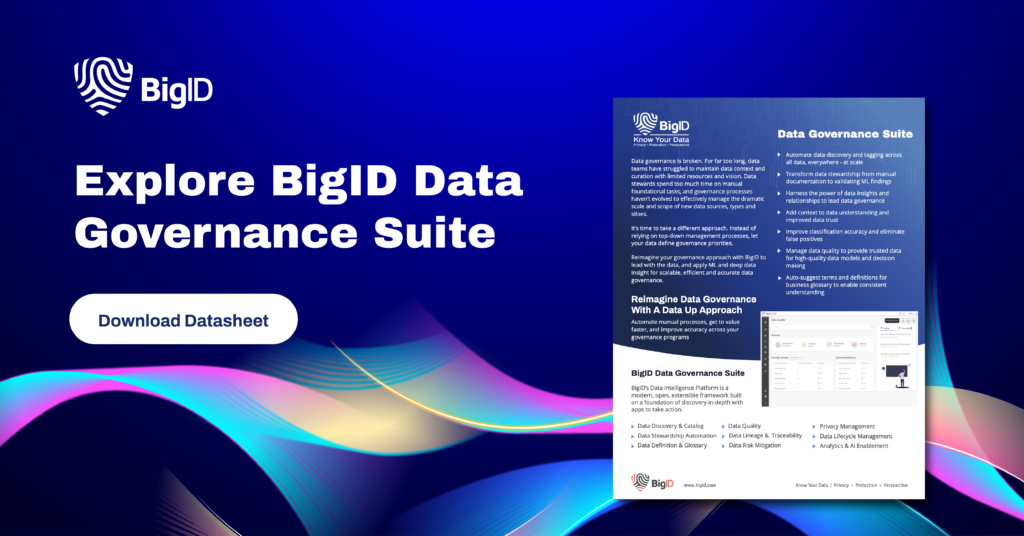What is SOX compliance?
SOX, or the Sarbanes-Oxley Act, is a law enacted by the United States government in 2002 to enhance corporate governance, financial transparency, and accountability. It was introduced in response to several high-profile corporate accounting scandals.
The evolution of Sarbanes-Oxley Act (SOX)
SOX, or the Sarbanes-Oxley Act, was enacted in response to a series of corporate accounting scandals that shook public confidence in the integrity of financial reporting and corporate governance. These scandals included high-profile cases like Enron and WorldCom, where fraudulent accounting practices were used to deceive investors and the public about the true financial health of the companies.
The main objectives of enacting SOX were:
- Enhancing Corporate Governance: SOX aimed to strengthen corporate governance practices by promoting transparency, accountability, and ethical behavior within organizations. It established new standards for board responsibilities, executive compensation, and the independence of auditors.
- Improving Financial Reporting: The act aimed to improve the accuracy and reliability of financial reporting. It introduced stricter regulations for financial disclosures, requiring companies to provide transparent and timely information about their financial condition, operations, and material risks.
- Strengthening Internal Controls: SOX mandated the establishment of robust internal control systems within companies. Internal controls are mechanisms and processes designed to safeguard assets, ensure accurate financial reporting, and prevent fraudulent activities. The act emphasized the importance of effective internal controls in reducing the risk of financial misstatements and fraud.
- Enhancing Audit Quality and Independence: SOX sought to enhance the quality and independence of external audits. It established new rules to regulate the relationship between auditors and the companies they audit, limiting potential conflicts of interest and ensuring objectivity in the audit process.
- Establishing Penalties for Wrongdoings: The act introduced stricter penalties for corporate misconduct, including fraudulent financial reporting and other violations. It aimed to hold individuals accountable for their actions and deter unethical behavior in corporate settings.
SOX was enacted to restore public trust in the financial markets, protect investors, and improve the overall integrity of the corporate sector. It introduced significant regulatory reforms to prevent fraudulent practices, enhance transparency, and promote responsible corporate behavior.
Understanding the rules
SOX compliance rules refer to the regulations and requirements outlined in the Sarbanes-Oxley Act. These rules aim to promote transparency, accuracy, and accountability in financial reporting and corporate governance. Here is a simplified explanation of the key compliance rules:
- Financial Reporting: SOX mandates that companies accurately and transparently report their financial information to stakeholders, including shareholders, regulators, and the public. This involves maintaining proper records, disclosing material financial information, and ensuring the integrity of financial statements.
- Internal Controls: SOX emphasizes the importance of establishing and maintaining effective internal control systems. Internal controls are processes and procedures that provide reasonable assurance regarding the reliability of financial reporting and the prevention of fraud. Companies must identify and assess internal controls, document their processes, and regularly test and evaluate their effectiveness.
- Audit Committees: SOX requires publicly traded companies to have an independent audit committee composed of members of the board of directors. The audit committee oversees financial reporting, internal control systems, and the relationship with external auditors. It acts as a check and balance mechanism to ensure the integrity of financial processes and reporting.
- Auditor Independence: The act sets guidelines to ensure the independence and objectivity of external auditors. It prohibits auditors from providing certain non-audit services to their audit clients to prevent conflicts of interest. This promotes unbiased and impartial audit opinions and enhances the reliability of financial statements.
- Whistleblower Protection: SOX includes provisions to protect employees who report potential misconduct or violations of the act. It prohibits retaliation against whistleblowers and encourages companies to establish procedures for employees to confidentially and anonymously report concerns related to financial matters.
- Corporate Responsibility: SOX holds senior executives, including CEOs and CFOs, personally accountable for the accuracy of financial statements and the effectiveness of internal controls. It imposes criminal penalties for knowingly making false statements or engaging in fraudulent activities.
- Document Retention: SOX requires companies to retain business records and financial documents for a specified period. This ensures the availability and accessibility of records for audit purposes and investigations.

Who must comply
SOX compliance applies to publicly traded companies in the United States. The act covers all companies listed on U.S. stock exchanges, including both domestic companies and foreign companies with shares traded in the U.S. Additionally, certain privately held companies are also subject to SOX compliance if they meet specific criteria. SOX compliance is required for the following entities:
- Publicly Traded Companies: All publicly traded companies, regardless of their size, are subject to SOX compliance. This includes companies that have registered their securities with the U.S. Securities and Exchange Commission (SEC) and are listed on U.S. stock exchanges.
- Corporate Officers and Executives: The act places responsibilities on corporate officers, including CEOs (Chief Executive Officers) and CFOs (Chief Financial Officers). They are personally accountable for the accuracy and completeness of financial statements and the effectiveness of internal controls.
- Audit Committees: Publicly traded companies are required to establish independent audit committees consisting of members of their board of directors. The audit committee oversees financial reporting, internal controls, and the relationship with external auditors.
- External Auditors: External auditors play a crucial role in SOX compliance. They are independent accounting firms hired by companies to conduct audits and provide an objective assessment of financial statements and internal controls.
- Service Providers: Companies may engage external service providers, such as consultants and law firms, to assist with SOX compliance efforts. These professionals help in implementing internal controls, conducting audits, and providing guidance on regulatory requirements.
SOX Compliance Checklist
To become SOX compliant, follow these steps:
- Understand the Requirements: Familiarize yourself with the specific sections and provisions of SOX that apply to your organization. The law encompasses areas such as financial reporting, internal controls, and audit procedures.
- Identify Key Processes and Controls: Identify the critical financial processes and controls within your organization. This includes areas like financial reporting, data integrity, access controls, and risk management.
- Develop Internal Controls: Establish and document robust internal control procedures. This involves implementing processes to ensure accurate financial reporting, preventing fraud, and maintaining data integrity.
- Document Policies and Procedures: Create clear and comprehensive policies and procedures related to financial operations, reporting, and compliance. Document the steps taken to ensure accurate financial statements and compliance with SOX requirements.
- Assess and Test Controls: Regularly assess and test your internal controls to ensure their effectiveness. This includes conducting internal audits and evaluations to identify any weaknesses or areas that require improvement.
- Maintain Documentation: Keep detailed records of your compliance efforts, including documentation of control testing, audit findings, and any remedial actions taken. This documentation serves as evidence of your compliance efforts.
- Implement a Whistleblower Program: Establish a mechanism for employees to report any concerns or potential violations related to financial matters. This encourages a culture of accountability and provides an avenue for reporting unethical behavior.
- Engage External Auditors: Involve external auditors to conduct an independent audit of your financial statements and internal controls. Their objective assessment helps validate your compliance efforts and provides assurance to stakeholders.
- Report and Disclose: Regularly communicate your financial results and compliance efforts to relevant stakeholders, such as shareholders, regulators, and the public. Timely and accurate disclosure of information is a crucial component of SOX compliance.
- Continuously Monitor and Improve: Maintain an ongoing process of monitoring, evaluating, and improving your internal controls and compliance efforts. Stay updated with any changes in SOX regulations and adapt your practices accordingly.
Consider the benefits and challenges
Benefits of SOX Compliance:
- Enhanced Financial Transparency: SOX compliance promotes accurate and transparent financial reporting. This benefits investors, stakeholders, and the public by providing them with reliable information about a company’s financial health, performance, and risks.
- Strengthened Corporate Governance: The act improves corporate governance practices by emphasizing the responsibilities of boards of directors and establishing independent audit committees. This helps mitigate conflicts of interest, promotes accountability, and protects shareholder interests.
- Improved Internal Controls: SOX requires companies to implement robust internal control systems, which help prevent financial fraud, errors, and misstatements. Strong internal controls enhance operational efficiency, risk management, and the reliability of financial information.
- Investor Confidence and Trust: SOX compliance is designed to restore and maintain investor confidence in the financial markets. By increasing transparency, accuracy, and accountability, the act helps build trust in companies and encourages investment.
- Reduced Financial Risks: SOX compliance helps identify and mitigate financial risks through rigorous assessment and testing of internal controls. This reduces the likelihood of financial fraud, errors, and material misstatements, protecting companies from reputational damage and financial losses.
Challenges of SOX Compliance:
- Cost of Compliance: Implementing and maintaining SOX compliance can be costly, especially for smaller companies. The expenses include internal control implementation, external audit fees, hiring specialized personnel, and ongoing compliance efforts. These costs can pose a burden, particularly for companies with limited resources.
- Complex Regulatory Requirements: SOX compliance involves navigating complex regulations and guidelines. Understanding and interpreting the requirements can be challenging, requiring expertise in accounting, legal, and compliance matters.
- Time and Resource Intensive: Complying with SOX requires a significant investment of time and resources. Companies need to dedicate personnel and allocate sufficient time for activities such as documentation, testing, audits, and reporting.
- Potential Compliance Overreach: Some argue that SOX compliance can sometimes lead to excessive bureaucracy and unnecessary burdens, especially for smaller companies. Striking a balance between effective internal controls and avoiding excessive administrative overhead can be a challenge.
- Evolving Regulatory Landscape: Compliance with SOX requires companies to stay updated with changes in regulations and adapt their practices accordingly. As regulatory requirements evolve over time, companies need to ensure ongoing compliance and keep abreast of emerging best practices.
What are the SOX sections and controls?
SOX, or the Sarbanes-Oxley Act, consists of several sections that address different aspects of corporate governance, financial reporting, and compliance. Here is a simplified explanation of the key sections of SOX:
- SOX Section 302: This section requires CEOs and CFOs to personally certify the accuracy and completeness of financial statements. They must confirm that the statements do not contain any material misrepresentations or omit any important information.
- SOX Section 404: Section 404 is one of the most significant provisions of SOX. It mandates that companies establish and maintain effective internal control over financial reporting (ICFR). Companies must document their internal controls, assess their effectiveness, and have external auditors provide an attestation report on ICFR.
- SOX Section 409: This section focuses on real-time disclosure of material changes in a company’s financial condition or operations. It requires companies to promptly disclose significant events or information that could impact their financial performance.
- SOX Section 802: Section 802 addresses the issue of document destruction and imposes penalties for altering, destroying, or tampering with documents to impede or influence ongoing or potential investigations or legal proceedings.
- SOX Section 906: This section establishes criminal penalties for certifying false or misleading financial statements. It states that CEOs and CFOs who knowingly certify such statements can be subject to fines and imprisonment.
- SOX Section 301: Section 301 emphasizes the independence of audit committees. It specifies that audit committees should be composed of independent directors and outlines their responsibilities in overseeing financial reporting, internal controls, and the relationship with external auditors.
- SOX Section 201-207: These sections introduce regulations regarding auditor independence. They prohibit auditors from providing certain non-audit services to their audit clients and establish guidelines to ensure the objectivity and independence of external auditors.
- SOX Section 802: Section 802 addresses penalties for fraudulent activities related to financial reporting and documents. It includes provisions for fines and imprisonment for individuals involved in fraudulent activities or tampering with financial documents.
Non-compliance Penalties
SOX non-compliance can result in various penalties, both civil and criminal, depending on the severity and nature of the violation. Here are some of the potential penalties for non-compliance with the Sarbanes-Oxley Act:
- Civil Penalties: The SEC (U.S. Securities and Exchange Commission) has the authority to enforce civil penalties against individuals and companies for violations of SOX. The penalties can include fines, disgorgement of profits, and injunctions. The specific amount of the fine or penalty may vary based on the violation and the financial impact.
- Criminal Penalties: SOX also establishes criminal penalties for certain offenses. Individuals convicted of criminal violations can face fines and imprisonment. For example, under Section 906, CEOs and CFOs who knowingly certify false financial statements can be subject to fines of up to $5 million and imprisonment of up to 20 years.
- Director and Officer Disqualification: SOX provides provisions for the SEC to disqualify individuals from serving as directors or officers of publicly traded companies if they have been convicted of certain criminal offenses or engaged in certain prohibited conduct.
- Professional Consequences: Non-compliance with SOX can have professional consequences for auditors, accountants, and other professionals involved. Violations may result in reputational damage, loss of professional licenses, and restrictions on future engagements.
- Loss of Listing: Failure to comply with SOX requirements can lead to delisting from U.S. stock exchanges. This can have significant financial and reputational consequences for companies, impacting their ability to raise capital and trade publicly.
It is important to note that the specific penalties and consequences for SOX non-compliance can vary based on the circumstances of each case and the severity of the violation. The SEC, Department of Justice, and other regulatory bodies are responsible for enforcing SOX and determining the appropriate penalties for non-compliance.
BigID’s Approach to Maintaining SOX Compliance
Organizations can leverage BigID, a data intelligence platform, to support their SOX compliance efforts. BigID provides capabilities for data discovery, classification, and privacy management, which can be instrumental in achieving compliance with the Sarbanes-Oxley Act. Here are some ways organizations can use BigID for SOX compliance:
- Data Discovery: BigID’s Privacy Portal App identifies and locates sensitive data within structured and unstructured systems. By scanning data repositories, file shares, databases, and other sources, BigID can create an inventory of sensitive data assets, including financial information, personally identifiable information (PII), and other relevant data elements.
- Data Classification: BigID employs advanced machine learning algorithms to automatically classify and tag data based on its sensitivity, relevance to SOX compliance, and other predefined criteria. This enables organizations to gain visibility into their data landscape, understand the risk associated with different data assets, and prioritize compliance efforts accordingly.
- Risk Assessment: BigID’s PIA Automation App capabilities allow organizations to assess the risk associated with specific data elements and data processing activities. By analyzing data access patterns, permissions, and other metadata, BigID can help identify potential risks, such as unauthorized access, excessive data sharing, or data breaches, which may impact SOX compliance.
- Data Subject Rights Management: The Data Deletion App fulfills the proper handling of data subject rights requests effectively. BigID offers capabilities to manage data subject access requests (DSARs) and data subject rights, such as data erasure and rectification. This helps organizations meet their obligations under SOX regarding data privacy and individual rights.
- Data Retention and Destruction: The Data Retention App manages data retention policies by identifying data with specific retention requirements and ensuring appropriate data disposal processes. This includes the ability to track data throughout its lifecycle and apply data retention and destruction policies in accordance with SOX guidelines.
To start leveraging BigID’s Privacy Suite for SOX compliance— get a 1:1 demo with our privacy experts today.



